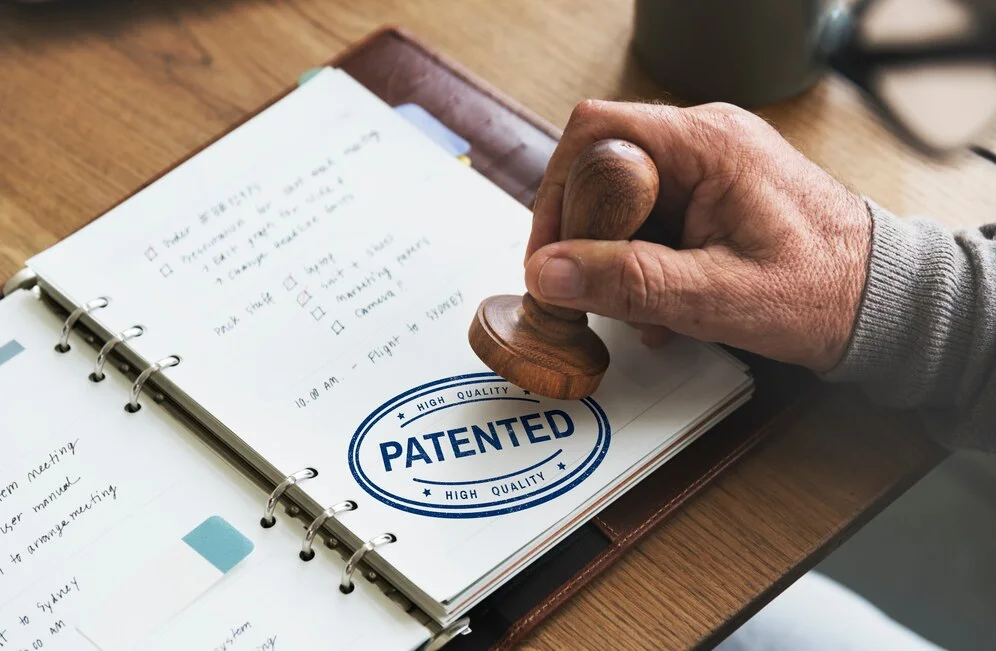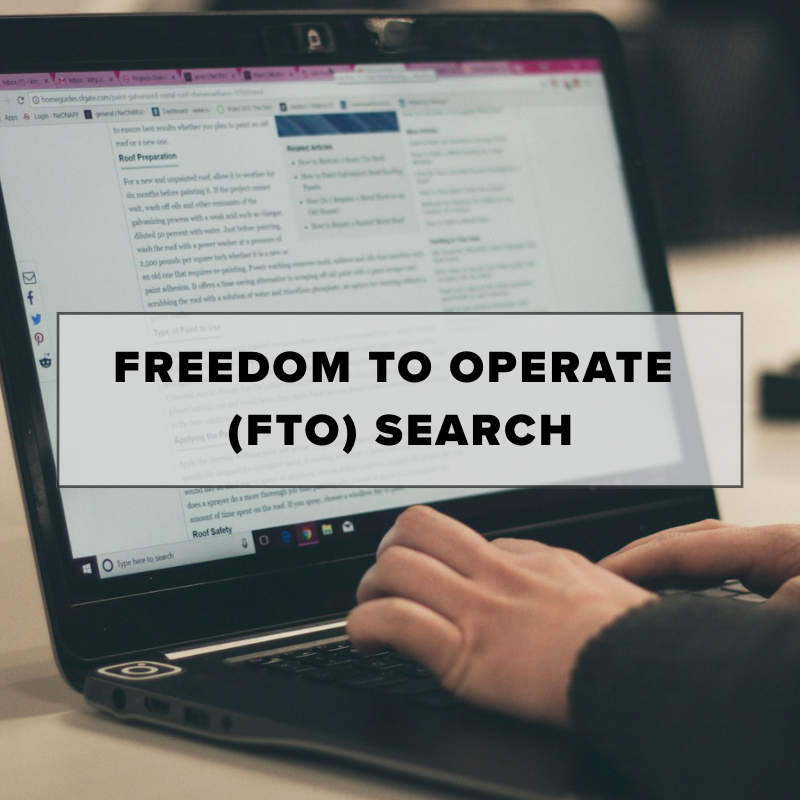Outline of the Article
- Introduction
- AI Inventorship Under Current Patent Law
- How can AI assist in transforming the Patent Process?
- What are the drawbacks of AI as an Inventor?
- Can AI legally submit patent applications?
- Conclusion
Introduction
The development of artificial intelligence poses a serious threat to the current system of intellectual property. As it has the capacity for independent problem-solving and even creative thinking. Up until recently, AI lacked clear-cut uses for which it might make a major contribution. However, it's now being utilized across a diverse range of societal tasks. This has sparked intense debates about its potential influence on future societal trajectories. Addressing these concerns effectively will demand active engagement from all global stakeholders. A deeper knowledge of how the (IP) philosophy is formed and upheld is necessary. This ensures the execution of the most helpful modifications. All parties will be better equipped to fight for solutions that actually serve their interests once they are informed.
Growing reservoirs of vast data and advancements in priced high-processing power are the reason for the development of AI. AI has an impact on how both economic and cultural goods and services are developed, produced, and distributed. The connection of AI and intellectual property is multi-dimensional. Since one of the key goals of the IP system is to foster innovation and creativity in the economic and cultural spheres.
AI Inventorship Under Current Patent Law
Within the current scope of patent legislation, an "inventor" is only defined as a "person," specifically a natural individual. The legal framework mandates that an inventor must have this natural person status. However, AI, lacking legal personhood status, cannot assume the role of an inventor. The need that an inventor to contribute to the idea of the invention adds more complication. Ambiguity persists about whether an AI machine can indeed "conceive" an invention, or if it operates solely as a tool wielded by a human inventor. Furthermore, as per patent law, patent applications must provide a description of the best way to install the invention. This task becomes intricate in instances where AI plays a role in the invention's creation.
The integration of AI into the inventive process introduces a series of challenges to the existing patent framework. A primary challenge revolves around the identification of the true inventor. It's uncertain whether a human inventor played a significant role in conceptualizing an invention in cases when an AI system came up with the idea. As said, a significant obstacle is ensuring that patent applications meet the requirements for a complete and accurate exposition of the invention's ideal technique.
How can AI be used for optimizing the Patent Process?
Over time, there has been a major rise in the use of artificial intelligence (AI) in proprietary processes. Machine learning is the most frequent AI approach. It appears in 40% of all AI-related patents that have been carefully examined. Notably, the usage of this technique continues to expand at a healthy rate of about 28% every year.
The fusion of AI into the innovation and ideation workflow stands as a testament to its potential to refine and optimize the patent process. This integration is manifest in several compelling avenues:
- Enhancing Patent Classification and Organization: Based on their content, AI systems are excellent at classifying and categorizing patents. This talent helps with the precise setup of patent databases. This opens the way for enhanced search accuracy and a more seamless patent data retrieval process.
- Predictive Insights Unveiled: The predictive power of AI is proven by its capacity to identify complex patterns, trends, and new areas of invention from patent data. This insight extends to identifying nascent technologies and whitespace opportunities within specific industries. AI helps stakeholders to make strategic wise decisions. Whether they are related to patent filing tactics or the dynamic management of patent portfolios.
- Empowering Valuation and Licensing: The analytical power of AI significantly increases the value of patents. AI assists in determining the true value of patents. As it considers technological relevance, market dynamics, commercial feasibility, and citation networks. This facet particularly helps during licensing negotiations. It is useful in figuring out the total value of intellectual property assets.
- Proactive Patent Protection: AI algorithms take on the role of vigilant guardians. As it meticulously combs through extensive data sources. This includes patent documents and technical specifications. The aim is to pinpoint potential instances of patent infringement. Patent holders are given the knowledge they need by this approach to take appropriate legal action when necessary.
- Efficiency in Examination and Evaluation: The introduction of AI-driven tools into patent examination yields increased efficiency and precision. Discovering issues and similarities with prior work is one task where automation is crucial. This results in a more efficient examination process. This enables patent examiners to concentrate their knowledge on elements that are more complex.
- Elevating Prior Art Searches: Algorithms that are driven by AI, have incredible data processing skills. This explores massive datasets, encompassing patents, scientific literature, and various other relevant sources. The outcome is the efficient identification of prior art. In the past, the process required a lot of time and effort from patent examiners and lawyers. These experts are now able to speed up and streamline their exhaustive previous art searches. As they have AI's analytical prowess which saves priceless time and resources.
- Facilitating Patent Drafting: In the creation of patent applications, AI has made a notable contribution. AI tools are effective at making ideas for claims and descriptions by examining existing patents. This represents a tangible elevation in the patent drafting process. As the quality of patent applications is improved overall and efficiency is increased.
A revolutionary development is being made with the seamless integration of AI into the patent application process. This efficiently optimizes many phases and aspects of managing and inventing patents. In essence, AI is transforming the patent landscape. It vastly enhances the process' efficacy, accuracy, and strategic breadth.
What are the drawbacks of AI as an Inventor?
The act of granting patents to AI entities can introduce disadvantages. This can impact innovation and competition. For instance, the progression of AI technology could lead to a reduction in the cost of innovation. This results in a surge of patent applications. These patents might fall under the ownership of a limited number of dominant players. For those who have access to cutting-edge AI capabilities and comprehensive training data. Unfortunately, this scenario could pose challenges for small and medium-sized enterprises (SMEs) and startups. As it strives to flourish within such an environment.
Therefore, there emerges a compelling need to revisit the existing patent laws. As it can establish a framework that accommodates the concept of extending patent rights to AI. This will safeguard the interests of SMEs. This could involve the creation of a distinct form of protection. This can be similar to patents but with constraints on exclusive rights.
One potential approach could be to institute a mechanism for "Safeguarding AI-Generated Innovations via a Novel Protection Mechanism." This approach would allow the protection of innovations that are ineligible for patent protection. As they were created using AI without being credited to a human inventor. Given that AI-driven inventions could wander from paths that human inventors would consider clear. That includes a unique kind of protection that may need stronger requirements and considering creativity.
Or, this new protection could be established without the need for an obvious assessment. In this case, AI-generated innovative inventions would be automatically protected. The decisions about their legality would be left to judicial proceedings. Whatever the chosen strategy, it is suggested that this protective framework might provide a duration. That can be less than the typical 20-year lifespan of patents. Importantly, this framework would coexist alongside the existing patent system. This provides an innovative solution to the challenges posed by AI-generated inventions. While maintaining the current patent system.
Can AI legally submit patent applications?
The widespread integration of AI into consumer-facing applications has raised concerns about its potential to disrupt creativity, innovation, and even job roles. The introduction of artificial intelligence-related technology as a mechanism for generating innovation has given rise to uncertainties for companies spanning various sectors. This is primarily due to the historical standpoint of U.S. patent law, which has stipulated that intellectual property rights should exclusively pertain to humans. Consequently, a pivotal question emerges: Can AI independently file patent applications within the boundaries of the law? In essence, can AI autonomously invent and pursue patents separate from human involvement? The response to this query, based on the existing legal framework, indicates that inventions originating solely from AI systems do not qualify for patent protection.
Conclusion
In summary, the introduction of AI into the patent system brings in both amazing developments and difficult problems. The revolutionary potential of AI marks an important change in the management and promotion of innovation. As AI's capabilities grow, the challenges of using AI-generated inventions with current patent regulations will also rise. The current legal framework, which defines inventors as natural persons, presents hurdles. As it recognizes AI as inventors. The intricacies of determining contribution and conception further complicate the matter.
On the other hand, AI's positive impact on the patent process is evident. As it enhances everything from prior art searches to valuation and protection. These advancements underscore the need for a dynamic legal framework. That acknowledges AI's role while safeguarding innovation and competition. It is crucial to continue the conversation about who invented AI and to look into new security measures. That addresses these complexities. Finding a balance between driving innovation and ensuring fair access is crucial as the patent landscape changes.
.jpg)





